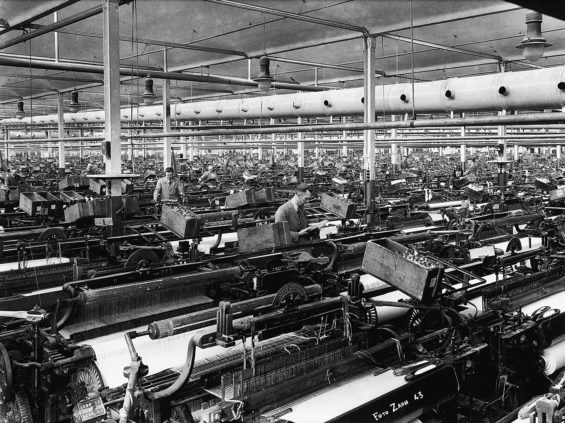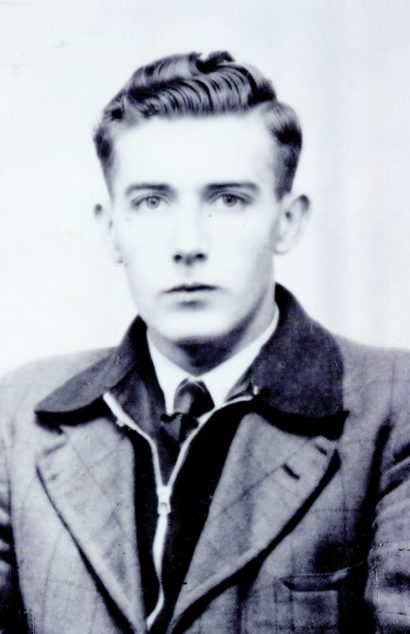Seine Prins
June 12, 1922 – November 19, 1944
![]()
Seine Prins, 1942 (private collection)
Out of Loyalty to the Monarchy
Seine Prins grew up with his six siblings in Almelo, near the German border. He worked as a weaver in the textile industry after finishing school. Later, he worked several years as a carpenter.
Prins was seventeen years old when the Germans occupied the Netherlands. Like many Dutch, he was forced to work in the German Reich. In summer 1944, he was sent as a forced laborer to a textile company in Nordhorn. Although all statements of loyalty to the Dutch monarchy were prohibited, he wore a picture of Queen Wilhelmina under his lapel. This was presumably the reason for his arrest in a raid by the German police.
Prins was deported to Auschwitz from the police jail in Bentheim. Several weeks later in September 1944, he was transported to Leitmeritz, north of Prague, the largest Flossenbürg subcamp. Under treacherous conditions, the prisoners there had to dig underground shelters for Auto-Union and Osram company production facilities. Shortly afterwards, he was brought together with 207 prisoners to the Flossenbürg main camp. Sick and unable to work, he landed in the death block 22. Eleven days later, Seine Prins died.

Weaving mill of the Niehaus & Dütting company in Nordhorn, 1943 (Municipal Museum Povelturm, Nordhorn. Photographer: Richard Zahn)
In 1943, the company employed 4,200 workers. Among them were many forced laborers who were supposed to maintain production in place of drafted German textile workers. For the most part, they produced uniform and jacket material for the Wehrmacht.
